

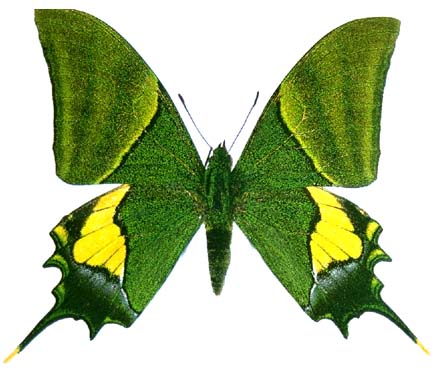
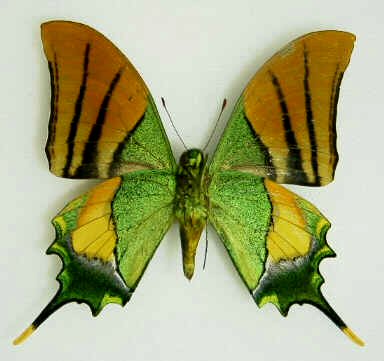
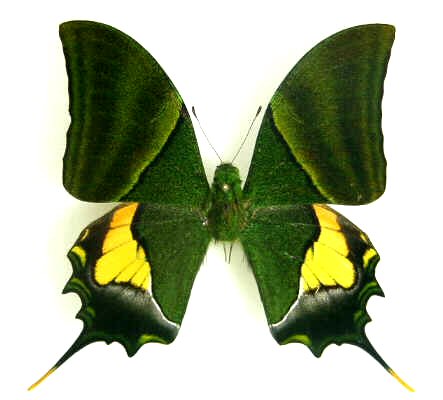
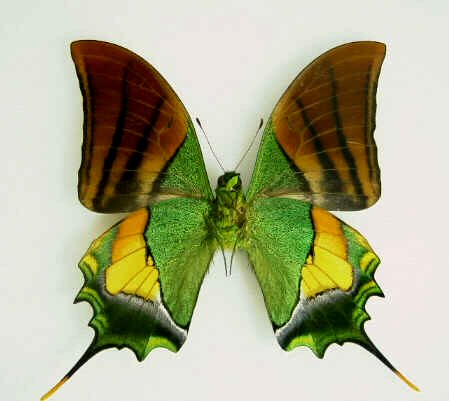
recto
verso
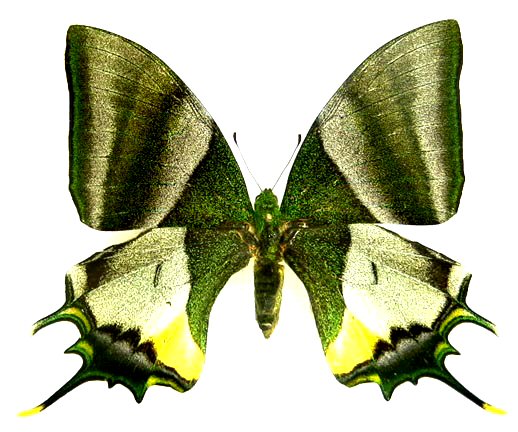
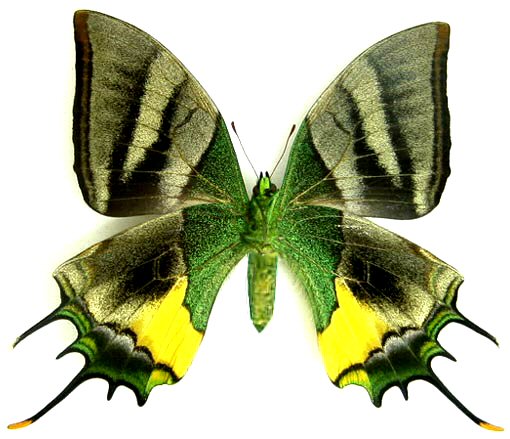


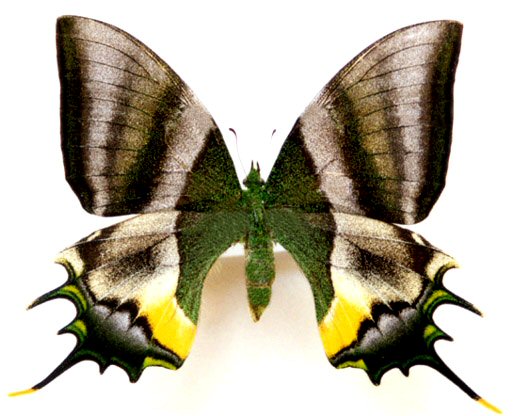
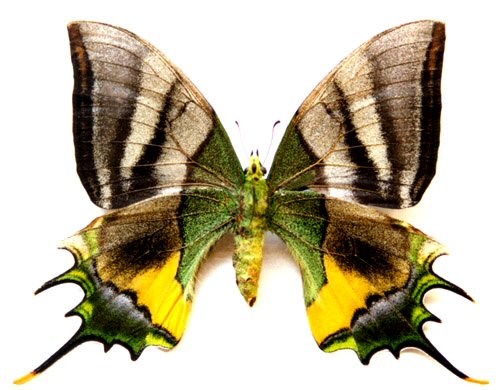
 |
 |
| Assam, July 1980 male, recto ssp imperialis Photo courtesy Panganiban | male verso (same specimen as left) ssp imperialis |
| Khasi Hills, India; 7/58, female ssp. imperialis | Burma; June 1930 ssp imperatrix male |
 |
 |
| Tenasserim Burma; ssp imperatrix male recto | Tenasserim Burma; ssp imperatrix male verso |
 |
 |
| Fang, North Thailand (only data)- male ssp bhumipholi
recto |
Fang, North Thailand (only data)- male ssp bhumipholi
verso |
 |
 |
| Fang, Thailand ssp bhumipholi female verso | Fang, Thailand ssp bhumipholi female verso |
 |
 |
| Szechuan Province, China ssp behludinii male recto | Szechuan Province, China ssp. behludinii male verso |
 |
 |
| Szechuan Province, China ssp behludinii female recto | Szechuan Province, China ssp behludinii female verso |
Widespread but local in the
Himalayas from N India and Nepal to Bhutan, Burma and SW China. Prized
by collectors, it is a forest species that does not persist after environmental
disturbance. Males fly fast in the forest canopy and are difficult to capture, though fair numbers may be found hilltopping during the peak season. Females are more secretive and generally fly alone in dense forest.
Listed in appendix II of CITES in the late 1980's - efforts are being made for
commercial breeding in China, and all subspecies have now been bred and studied fairly extensively. Several subspecies have been described; imperatrix
(Burma),
bhumipholi (N Thialand), behludinii (SW China)